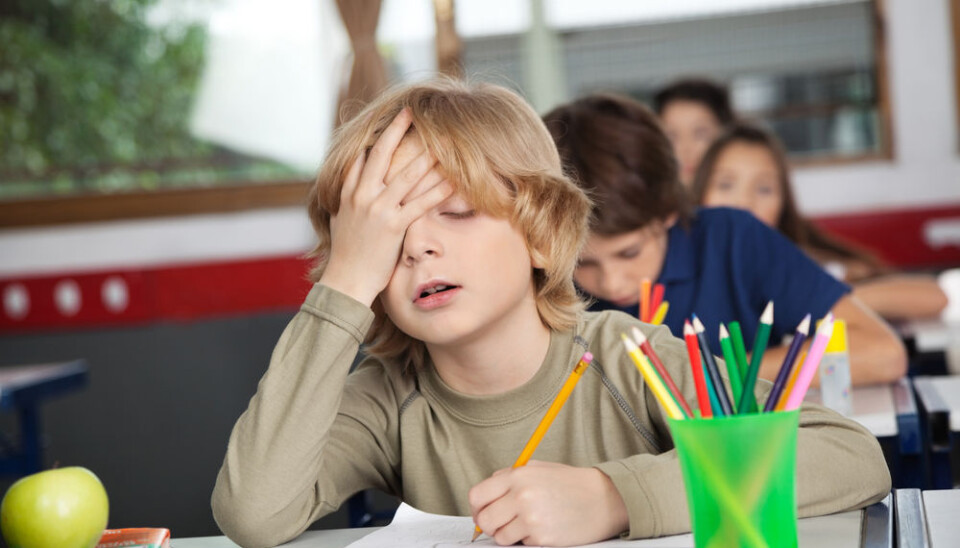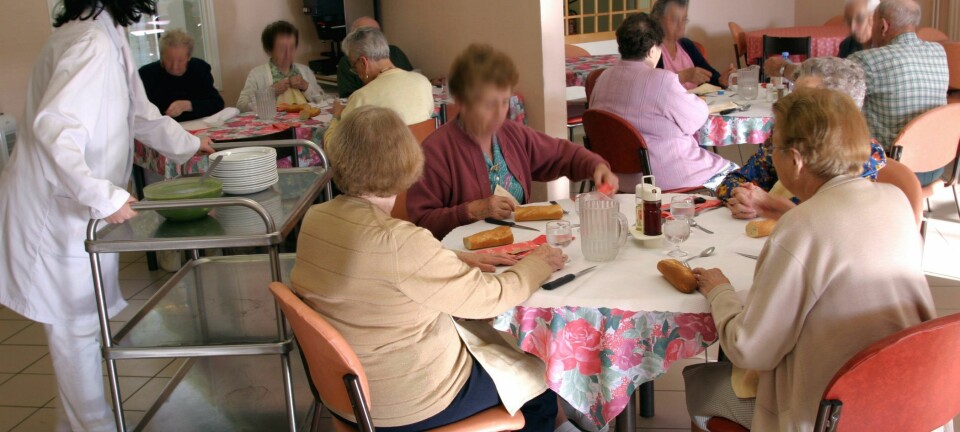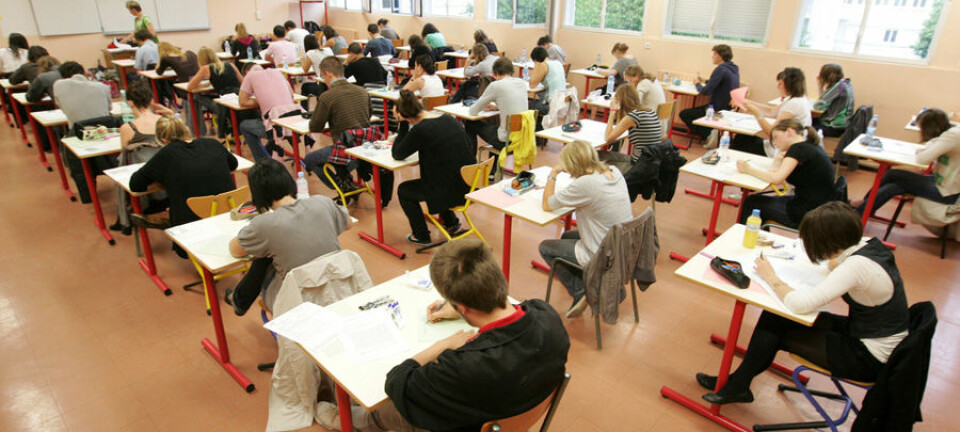
Bad air quality makes children perform worse in schools
School students fared better in tests after the classroom had been circulated with fresh air, shows new study.
If you want to do better on an exam it's well worth getting some fresh air into the classroom first.
Scientists from Aarhus University have now established that poor air quality in classrooms has a negative impact on students' performance. Previous studies have shown that the indoor climate of more than half of Denmark's schools is not good enough.
The scientists exposed four classes at two schools to different levels of fresh air while the students did tests on Danish and maths.
When the level of fresh air in the classrooms was increased, the students performed up to seven per cent better than when they were working on the tests in their usual indoor climates. The study also revealed that the students did not themselves notice that they were not quite as astute in the poorer climate.
The results have been published in the scientific journal Indoor Air.
Students at newly built schools do better
"As far as indoor climate in concerned, the schools we selected are perfectly ordinary Danish primary and lower secondary schools. So that’s why it is disconcerting to find CO2 levels two to three times that permitted in new buildings. Specifically, this means that children who start at a newly built school get a considerably healthier and more productive learning environment than the one we offer the majority of Danish school children," says Steffen Petersen, head of the indoor climate and building research group at Aarhus University in a press release.
The outcome of the study comes as no surprise to Professor Geo Clausen from DTU Civil Engineering. He has been involved in conducting mass experiments in which thousands of school students examined the indoor climate of their schools.
"An increasing amount of data shows that both temperature and ventilation volumes impact on how well children perform in class," says Clausen, who was not involved in the new study.
Professor Clausen's research group at the Technical University of Denmark (DTU) has recently presented another study, which shows that the children who take national tests in rooms with decent ventilation perform better than those working in rooms with inadequate ventilation.
"I'm convinced that's the way things are. It doesn't defy common sense. Anyone who doubts this should visit a school classroom late in the afternoon and imagine what it must be like to try and learn anything in such a stifling indoor climate. It's quite simply unbearable," says Clausen.
Researcher: It's a huge problem
In the study, the scientists use CO2 as an indicator of the quality of the indoor climate.
They do not know, however, to what extent it is the high level of CO2 or something else in the air which affects the children's performance. The long-term effects of a poor indoor climate in a school are not known, either.
Clausen finds it hard to believe that more is not done to improve ventilation in schools.
"To me it's a huge problem. More than half Denmark's schools are inadequately ventilated and I think that borders on the obscene. Where we work we just go somewhere else if we don't like the smell, but school kids don't have that option," says Clausen.
------------
Read the original story in Danish on Videnskab.dk
Translated by: Hugh Matthews







